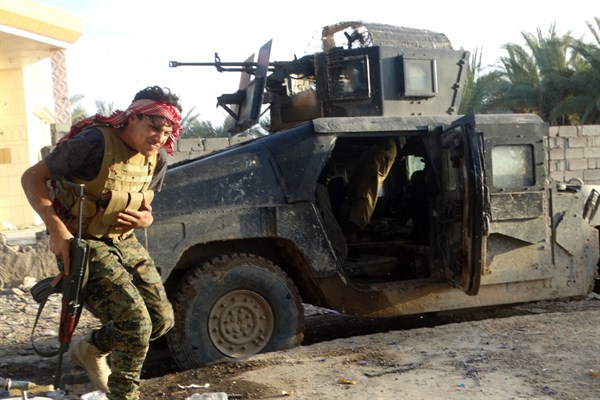All wars are tragedies, often victimizing most the people who had least to do with starting them and no ability to stop them. But beyond this common feature, each war is usually very different. This can make it difficult to draw generalizations and prepare for tomorrow’s conflict. Nonetheless it is important to look for the signposts of future war in current ones and prepare as much as possible. This is particularly true for the United States as it continues to try and build or manage global stability.
Among today’s violent conflicts, the wars in Iraq, Syria and Ukraine seem to offer the clearest sign of where war is headed. One thing they show is that order and governance can disintegrate quickly in the contemporary security environment. When this happens, armed groups can rapidly move into the vacuum. Future wars—like the ongoing ones in Iraq, Syria and Ukraine—will not pit state militaries against each other in a binary contest, but rather will involve a complex, shifting array of conventional armed forces, militias, foreign fighters, warlord armies and mercenaries. While state militaries take time to mobilize, giving warning that a conflict is imminent and offering at least a chance to head the violence off, militias, which require less training, equipping and preparation, can enter the fray rapidly. By the time other nations and the global community reacts, the hatred born of violence is already deeply rooted, making resolution elusive. The inherent indiscipline of militias also inflames passions, again making resolution difficult.
If the Iraq, Syria and Ukraine conflicts are indicators of the future, then the initial phase of tomorrow’s wars will be dominated on both the tactical and strategic levels by swarming, as local groups mobilize and join in, external groups and organizations become aware of the conflict and begin to participate, and other national governments take sides or attempt to mediate. Often there will be no clear battle lines or rear areas. Instead the combatants will be interspersed in a patchwork of pockets controlled by one or the other of them, often mixed in with civilian populations.

